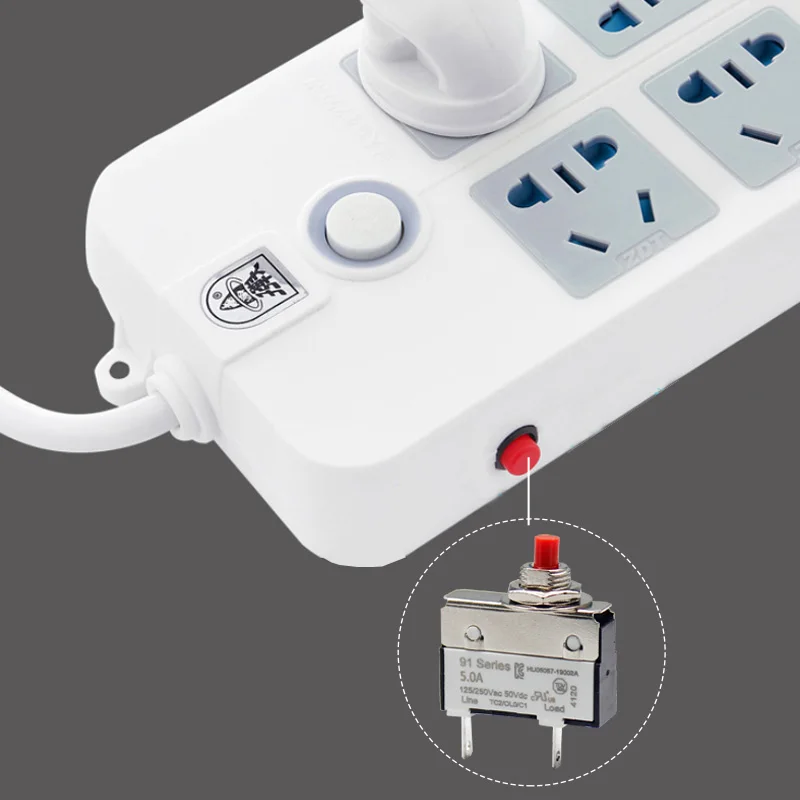Screed is an essential construction material, providing a level surface for the final flooring or paving materials. Its correct application ensures the strength and durability of the entire structure. This article explores the role of screed, the various types available, and how it can be paired with geosynthetics for improved stability and moisture control.

What is screed used for?
Screed is used to create a smooth, level base for a variety of finishing materials, such as tiles, carpets, and wood floors. It plays a vital role in load distribution, helping to prevent surface cracking or damage over time. Screed is also used in exterior construction projects to level surfaces before applying paving stones, asphalt, or other durable finishes.
How is screed applied?
Screed can be applied manually using trowels or screed boards, which allows for precise control in smaller areas. For larger projects, mechanical methods such as power screeds or laser-guided systems are used to speed up the process and ensure uniform results. After application, screed needs time to cure before it can be walked on or further layers applied.
What types of screed are commonly used?
The three most common types of screed are:
- Bonded Screed: Applied directly to the base concrete for a solid foundation, ideal for thin layers.
- Unbonded Screed: Laid over a membrane to separate it from the base, useful when different materials are involved.
- Floating Screed: Installed over insulation, particularly in underfloor heating systems.
Each type of screed is chosen based on the project’s specific needs, often in conjunction with geosynthetics for added benefits.
How does screed interact with geosynthetics?
Geosynthetics like geotextiles and geogrids are commonly used alongside screed to improve moisture control and structural stability. These materials are placed beneath the screed layer to prevent water from seeping up and damaging the surface. Geosynthetics also help distribute loads evenly, enhancing the durability of the entire structure, especially in high-traffic areas.
Using the right combination of screed and geosynthetics ensures that construction projects have a solid, long-lasting foundation. Screed may be a subtle component of construction, but its role in maintaining the integrity of the final surface is crucial.